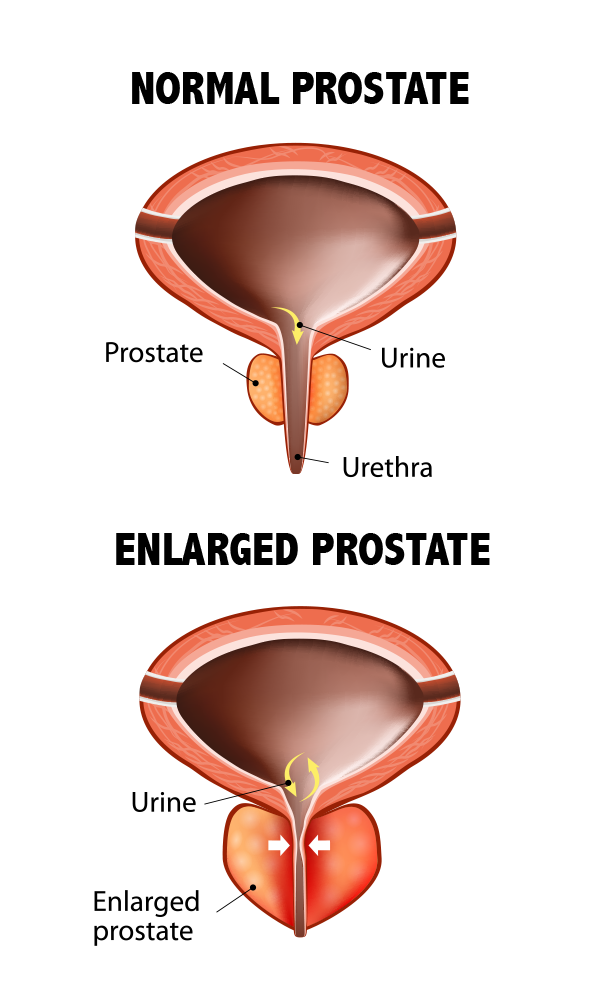
If you experience any of these symptoms, it’s important you contact your doctor immediately. The sooner you disease is diagnosed, the better your chance for recovery and/or disease management.
- Elevated PSA (Prostate Specific Antigen)
- Blood in urine (hematuria)
- Urinary frequency
- Urinary urgency
- Difficulties urinating
- Night urination (nocturia)
- Painful urination
- Erectile dysfunction
KIDNEY CANCER
Your kidneys are two bean-shaped organs about the size of a fist, located behind the abdominal organs on either side of the spine. The main job of kidneys is to filter the blood coming in from the renal arteries to remove excess water, salt, and waste products, which then become urine. Urine leaves the kidneys through long slender tubes called ureters to the bladder, where it is stored until you urinate. Although our kidneys are important, we are able to function and live normal lives with only one kidney.
Kidney cancer – also known as renal cancer – is one of the top 10 most common types of cancers in both men and women, although the risk is higher in men. The average age of people when diagnosed is 64.
There are several different types of kidney cancers. While some types are slow growing, others can be very aggressive. Renal cell carcinoma (RCC) is by far the most common type of kidney cancer, making up about 90 percent of all kidney cancers.
Diagnosis & Treatment
Dr. Ponsky has vast experience with treating kidney tumors and is on the forefront of utilizing the latest innovations and treatment options.
The first line of treatment for kidney cancer is often surgery to remove the tumor and part of the kidney (partial nephrectomy) or, if necessary, the entire kidney (nephrectomy). Along with surgery, we may also suggest targeted drug therapies before surgery to shrink tumors, and/or after surgery to reduce the chance of the tumor returning. Patients typically go home the same day with only a band-aid on their side.
Other nonsurgical treatments can include:
- Percutaneous Cryoblation – Minimally invasive procedure that destroys the tumor by using cold energy delivered through a thin, needle-like probe inserted through the skin and into the tumor
- Radiosurgery – A nonsurgical procedure to destroy kidney tumors by delivering a high dose of radiation to the tumor. This is performed as an outpatient, completely non-invasive procedure.
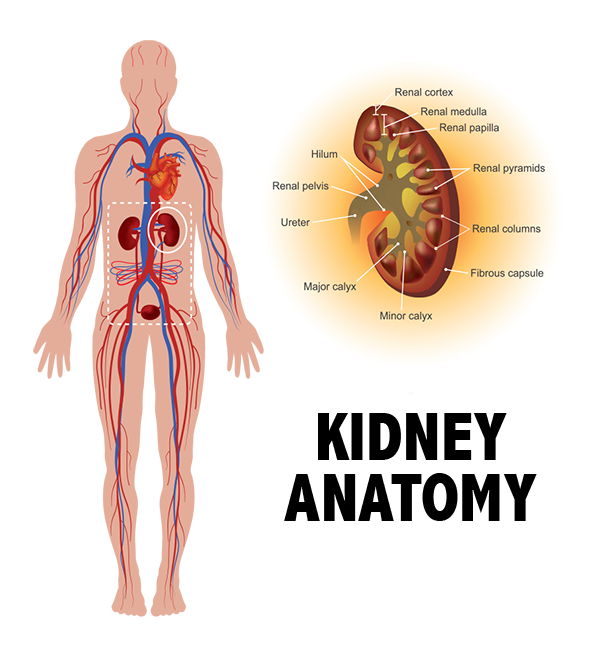
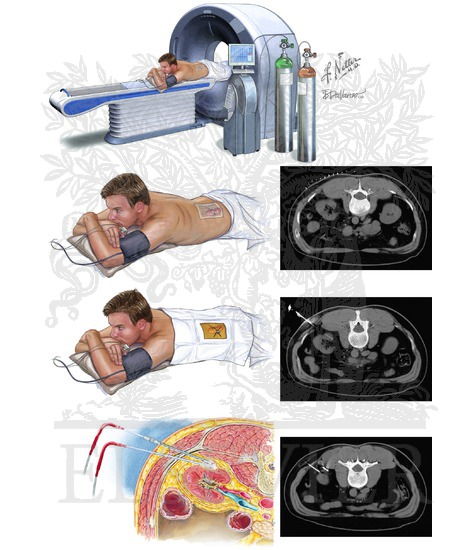

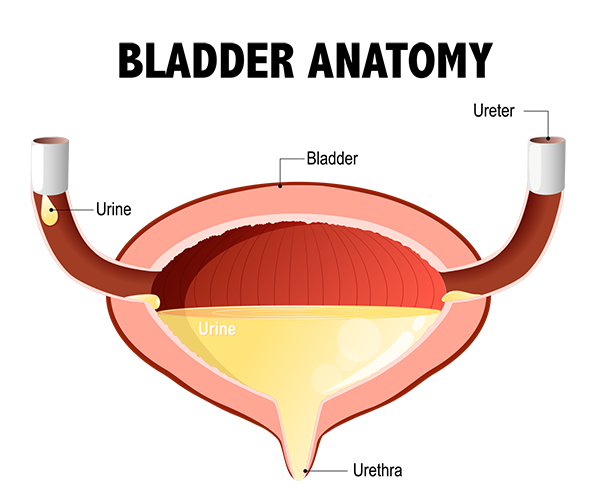
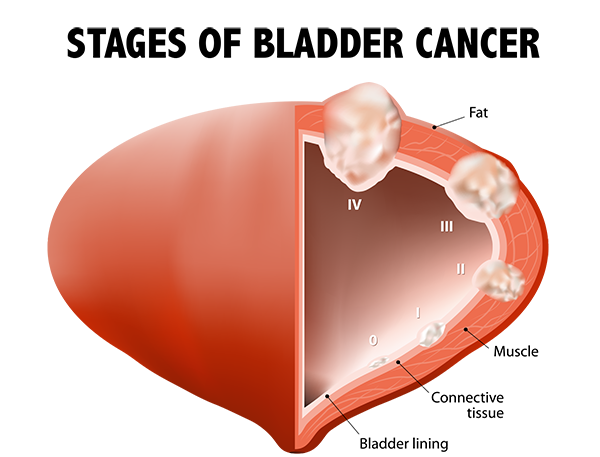
BLADDER CANCER
Your bladder is an integral part of your urinary tract system and is located in your lower abdomen. A hollow, muscular organ, the bladder’s job is to store urine before sending it on its way to elimination. Bladder cancer develops when cells in the bladder begin to grow abnormally, ultimately forming a tumor.
Bladder cancer is a relatively common type of cancer, affecting approximately 68,000 adults in the U.S. every year. Although bladder cancer can happen at any age and in either male or females, it most often affects older white males.
Bladder cancer signs and symptoms may include:
- Blood in urine (hematuria)
- Painful urination
- Pelvic pain
- Back pain
- Frequent urination
TREATMENT
There are a number of different treatment options available for people with bladder cancer. Your individual treatment plan depends on a number of factors, including the type of cancer, grade, and stage of the cancer, your overall health, and your treatment preferences. Treatment options can include the following, or a combination of the following:
- Surgery: For most patients, surgery to remove the cancerous tissue is the first line of defense. Types of surgery include:
- Transurethral resection of bladder tumor (TURBT): A procedure to remove bladder cancers confined to the inner layers of the bladder. Utilizing a scope, this procedure removes the cancers without an incision.
- Cystectomy: Removes all or part of the bladder. During a partial cystectomy, only the portion of the bladder containing a single tumor is removed. A radical cystectomy removes the entire bladder.
- Reconstructive Surgery: If you have a radical cystectomy, Dr. Ponsky will typically perform urinary diversion reconstructive surgery in order to create a new way for the urine to leave your body. There are several ways in which to do this, depending on your individual situation.
- Localized chemotherapy (intravesical chemotherapy): Used to treat tumors in the lining of the bladder that have a high risk of recurrence or progression. Chemotherapy drugs include BCG, Interferon, and Mitomycin C.
- Whole body chemotherapy (systemic chemotherapy): This approach is often used to increase the chance of a cure for patients having bladder removal surgery, or as a primary treatment in cases where surgery isn’t an option.
- Radiation: Destroys cancer cells, often as a primary treatment in cases where surgery isn’t an option or isn’t desired
- Immunotherapy: Triggers the body’s immune system to fight cancer cells
BENIGN PROSTATIC HYPERPLASIA (BPH)
Also known as an “enlarged prostate,” BPH is a common occurrence in men as they age. As a man gets older, his prostate can grow larger, squeezing down the urethra and causing it to narrow, while also causing the bladder wall to become thicker. The bladder may eventually weaken and lose its ability to empty completely. This narrowing of the urethra, along with urinary retention cause many of the problems associated with BPH, which include:
- A feeling of bladder fullness, even right after urinating
- Sense of urgency for urinating
- Weak urine flow
- “Dribbling”
- Trouble starting to urinate or feeling the need to strain
- Urinary frequency
- Nighttime frequency
TREATMENT
There are a variety of treatment options available for BPH, including medications, minimally invasive therapies, and surgery. Deciding which treatment option is best depends on several factors, including your age, your overall health, size of your prostate, and the amount of discomfort you are experiencing.
If surgery is indicated, Dr. Ponsky will recommend minimally invasive procedure whenever possible. These can include:
- Bipolar Vaporization – Uses an electrical current to vaporize prostate tissue, thereby relieving or eliminating BPH symptoms
- Photoselective Vaporization of the Prostate (PVP) – Uses green light laser technology to perform photoselective vaporization of the excess prostate tissue that is blocking urine flow
- UroLift® System – Uses tiny implants to lift and hold the enlarged prostate tissue out of the way so it doesn’t block the urethra.
